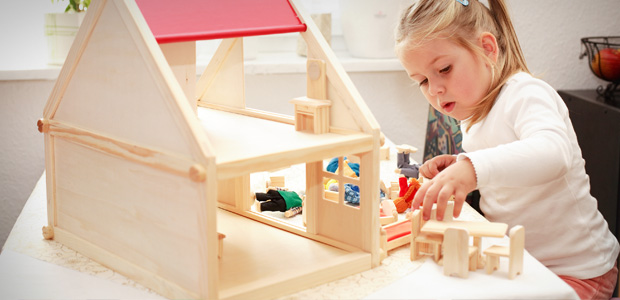Play Therapy allows the individual to be experimental and challenge the concept of self and how they perceive the world and their place in it. Autonomy and independence as key aspects of Play Therapy, whilst the individual can challenge their own perceptions, the individual is not in fact being challenged by anyone else.
Much of the Play Therapist’s clinical practice is influenced by Virginia Axeline, who developed the concept of Non-Directive Play Therapy. Axeline was influenced by Carl Rogers’ Person Centred Approach. Axeline’s framework then influenced the work of Violet Oaklander who introduced a Gestalt approach to the already recognised Non-Directive Play Therapy framework.
Axeline’s Basic Principles of Non-Directive Play Therapy;
- The therapist must develop a warm and friendly relationship with the child
- The therapist must accept the child for who he or she is
- The therapist must establish a feeling of permission in the relationship so that the child feels free to express his or her feelings completely
- The therapist is alert to recognising the feelings the child is expressing and reflects these feelings back in such a manner that the child gains insight into his/her behaviour
- The therapist maintains a deep respect for the child’s ability to solve his/her problems and gives the child the opportunity to do so. The responsibility to make choices and to institute change is the child’s
- The therapist does not attempt to direct the child’s actions or conversations in any manner. The child leads the way, the therapist follows
- The therapist does not hurry the therapy along. It is a gradual process and must be recognised as such by the therapist.
- The therapist only establishes those limitation necessary to anchor the therapy to the world of reality and to make the child aware of his/her responsibility in the relationship.
As with all of the methods described earlier, Play Therapy provides a safe environment for the individual to experiment with cause and effect, actions will have consequences. The play environment can help the individual to experiment with how things work, how they don’t work and what may be the consequence of certain actions.
Boundaries and containment are of extreme importance within Play Therapy. The boundaries allow the risks to be taken, with the individual having a knowledge of where the play takes place, when the play begins and when it ends.
Sensory Play, Physical Play, Exploratory Play, Social/Solitary Play, Symbolic/Pretend Play, Games with Rules and Social Pretend Play are key areas of Play Therapy.
Play Therapy Equipment may include Sand/watertrays, balls, soft toys, symbolic toys, models of people/animals, kitchen/home based toys, blankets, cushions, clay, modelling dough, paints/crayons/drawing equipment and basic percussive music equipment.
Get in touch to work with us









